Chinese Language
Please, click on one of the following tabs.
Nowadays there are so many reasons to encourage you to learn Chinese. Let us to enumerate some of them:
- China is the second largest economy in the world, and it is growing up day by day.
- There are around 1.3 billion of native speakers (20% of the people in the world speak Chinese).
- The most important companies of the world carry out their business in China and make long-term investments in that country. Also China is one of largest trading partners of the USA.
- There are Chinese communities worldwide.
- By means of Chinese language you will get access to a new world of culture, archeology, gastronomy, literature, medicine ...
- Chinese society gives much importance to cultural aspects, so if you speak in Chinese when doing business with people from China, it will be much appreciate.
- Mandarin Chinese has an easy grammar. Nouns do not have plurals, verbs does not have tenses, there are no articles,...
- You do not need to study and memorize Chinese characters to speak in Chinese, you can use pinyin.
In a very large country, like China, there are approximately 250 various languages dialects that belong to the Sino-Tibetan family. The major types of Chinese are included in the following list.
The most important four are:
A. Mandarin (Pŭtōnghuà)
It is the official language of China, used by government and for education. Also is official in Taiwan, and one of the four official languages in Singapore.
B. Cantonese (Yuè)
People in Guangdong and Guangxi provinces and Hainan Island in China use it. It is also spoken in Macau, Singapore, Hong Kong, Malaysia and other countries.
C. Wu (Wú)
It is spoken in the provinces of Jiangsu and Zhejiang. It is also used in Hong Kong and Shanghai. Major dialects of Wu include Shanghainese and Suzhou.
D. Min (Mĭn)
There are 4 different types of Min, the northern, the southern, the eastern and central. It is mainly used in Fujian province.
Other varieties are:
- Jinyu (Jìnyŭ): It is spoken mainly in Shanxi and Henan provinces.
- Hakka: It is spoken in south eastern China, some areas of Taiwan and Hong Kong. There are some Hakka speakers communities in USA, French Guiana, Mauritius and the UK.
- Hunanese (Xiāng): Mainly used in Hunan province, and also in Sichuan, Guangxi and Guangdong provinces.
- Gan (Gàn): It is spoken by people in Jiangxi province and in parts of Hubei, Anhui, Hunan and Fujian provinces.
- Dungan (хуэйзў йүян): The muslim Hui people in China, Kyrgyzstan as well as Kazakhstan speak it. It is written with the Cyrillic alphabet.
- Pu-Xian (Pŭ-Xián): Used by people in east central Fujian province, Malaysia and Singapore.
- Huizhou (Huīzhōu): It is spoken in southern Anhui and northern Zhejiang provinces.
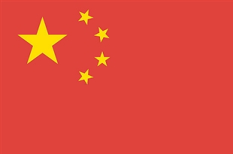
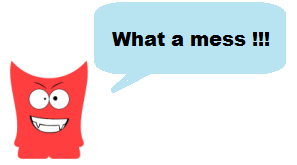
Mandarin, the official language
To put some order to these languages/dialects in the same country, in 1955 the People's Republic of China established Mandarin (Putonghua) as the common language in the Chinese territory.
It is also called as Modern Standard Chinese, and this is the language we are going to learn on this website.
A. Characters
The Chinese writing system is based on a huge number of characters known as Hànzì.
In the origin, these symbols tried to show an image of the word they must represent, but they changed with the time to more simple drawings.
In the 20th century, China simplified the traditional characters in order to make things easier for most of the people. So today we can talk about traditional and simplified characters (the most used).
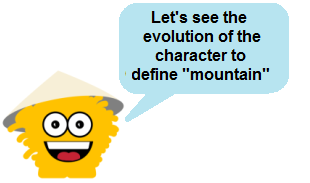
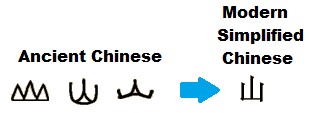
In the modern Chinese there are around 7,000 characters, but in common language about 3,000-4,000 are used.
The characters are often composed by parts that may represent physical objects (pictographs), concepts (ideographs), or pronunciation.
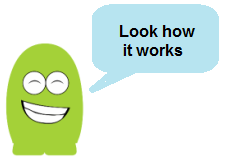
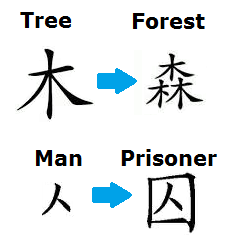
All the Chinese characters are composed by more simple graphical components called radicals. In Simplified Chinese you can find 214 radicals.
B. Pinyin
Normally, the Chinese characters have no information regarding how to pronounce them. So in 1950 the Chinese government developed Pinyin system.
Pinyin is a Romanization system used to learn Mandarin (for native Chinese people and for western people). It transcribes the sounds of Mandarin using the western (Roman) alphabet.
It is very important to learn the Pinyin system because this will provide you the basic Mandarin pronunciation that allows you to learn Mandarin Chinese easily.
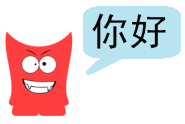
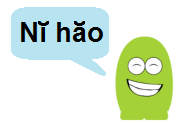
The Confucius Institutes are non-profit public institutions aligned with the Government of the People's Republic of China. It is similar to Britain's British Council, Spanish's Instituto Cervantes, France's Alliance Française and Germany's Goethe-Institut.
The Confucius Institute Headquarters are located in Beijing, but you can find Confucius Institutes in colleges and universities around the world.
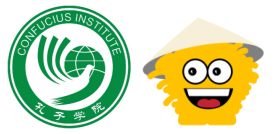
The purposes of Confucius Institutes are two:
- Teaching Chinese language.
- Promoting Chinese culture.
To reach these targets, this organization trains teachers, develops Chinese language courses and holds the HSK examination.
The Hanyu Shuiping Kaoshi, as well known as HSK, is the official Chinese Proficiency Test for Chinese language learners.
The test is administered by a non-government organization affiliated with the Ministry of Education of China. This organization is called Hanban (The Office of Chinese Language Council International), and provides teaching resources and services worldwide. Hanban organization develops the Chinese language expansion through its Confucius Institutes.
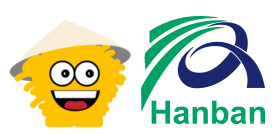
There are six levels (from HSK1 to HSK6) that cover spoken and written skills. The lower level is HSK1 and the higher one is HSK6.
For kids under 15 years old, HSK1 and HSK2 are divided into three YCT levels (Youth Chinese Test). HSK1 is the same than YCT1 + YCT2, and HSK2 is equal to YCT3.
There is another kind of test oriented to businesspeople, the BCT (Business Chinese Test).
In the following table the equivalences between British Council and Confucius Institute levels are shown.
| Level | Description | British Council | Confucius Institute |
|---|---|---|---|
| Basic User | Beginner | A1 | HSK1 |
| Elementary | A2 | HSK2 | |
| Intermediate | Intermediate | B1 | HSK3 |
| Upper intermediate | B2 | HSK4 | |
| Proficient User | Advanced | C1 | HSK5 |
| Mastery | C2 | HSK6 |